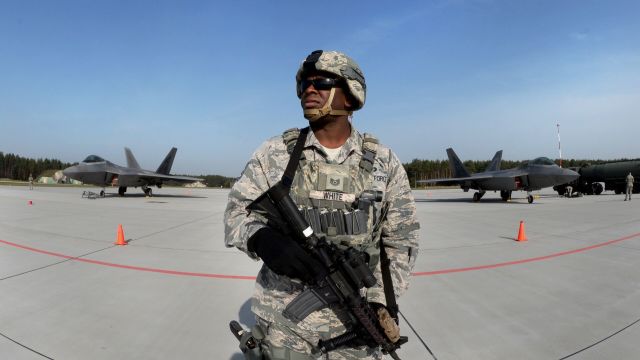MOSCOW, Oct 28 — RIA Novosti, Andrey Kotz. The Pentagon is updating its nuclear arsenal in Europe. Politico writes that already in December, upgraded B62-12 bombs will arrive at the air bases, although they were expected only in the spring. About what such a rush can be connected with — in the RIA Novosti material.
Intimidate a competitor
American journalists explain that the program of rearmament of the European nuclear arsenals of the United States has been painted for a long time. The budget is ten billion dollars. The thermonuclear B61 of the twelfth modification will replace earlier versions — including those stored in Germany, Italy, Belgium, the Netherlands and Turkey.
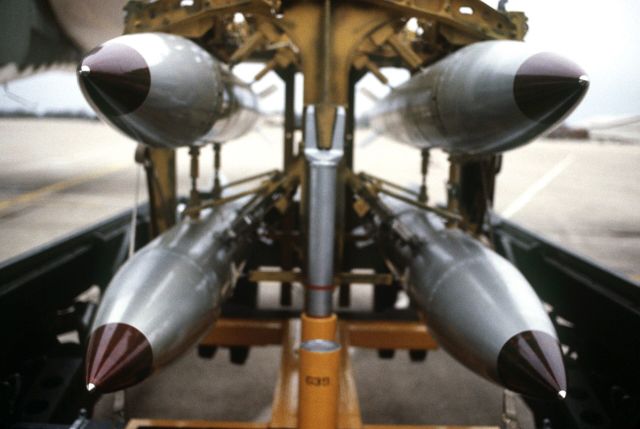
B61 Nuclear Bombs Image source: © Photo : U.S.D.O.D. (SSGT Phil Schmitten)
According to Politico experts, the rearmament was accelerated due to military actions in Ukraine. The Pentagon denies this.
"Although we are not going to discuss the details of our nuclear arsenal, the modernization of the B61 has been going on for many years and the decision to safely and responsibly replace obsolete weapons has not been made now," said Defense Department spokesman Patrick Ryder. "There is no connection with current events."
Washington and Brussels have recently repeatedly accused Russia of intending to use tactical nuclear weapons in Ukraine and threatened the harshest measures. Moscow denies this and points out that Kiev is preparing for a provocation using a "dirty bomb".
From October 17 to the end of the month, NATO conducts the "Persistent Noon" nuclear deterrence exercises. 14 countries and up to 60 military aircraft are participating.
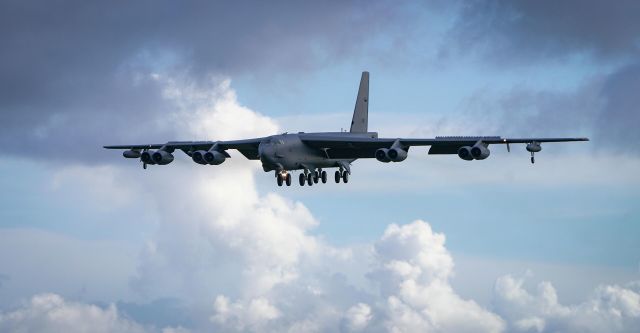
American strategic bomber B-52H Stratofortress Image Source: © Photo : U.S. Air Force / Master Sgt. Richard Ebensberger
The degree of combat readiness of US forces in Europe has been raised to the level of DEFCON 2. Previously, this was only during the Caribbean crisis and on the eve of Operation Desert Storm. This regime allows for a retaliatory nuclear strike on the enemy.
"Hasty rearmament against such a background looks unambiguous. This is undoubtedly an act of intimidation directed against Russia," said Konstantin Sokolov, Vice President of the Academy of Geopolitical Problems. — The goal is to convince that they are capable of extreme measures, as well as to encourage the Ukrainian military to act more actively on the fronts. The APU should have no doubt that the Americans will do anything for them. In fact, there are no fools or suicides in Washington. They understand perfectly well that no one needs a nuclear conflict."
Bomb-veteran
The Pentagon received the B61 aviation bomb back in 1968 - instead of the obsolete B53 with an imperfect design and an excess capacity of nine megatons. This ammunition is much more compact: with a weight of about 320 kilograms, a length of 3.5 meters and a diameter of 33 centimeters, the power of the warhead varies from 0.3 to 340 kilotons.
Thus, it can be both tactical and strategic weapons of medium power.
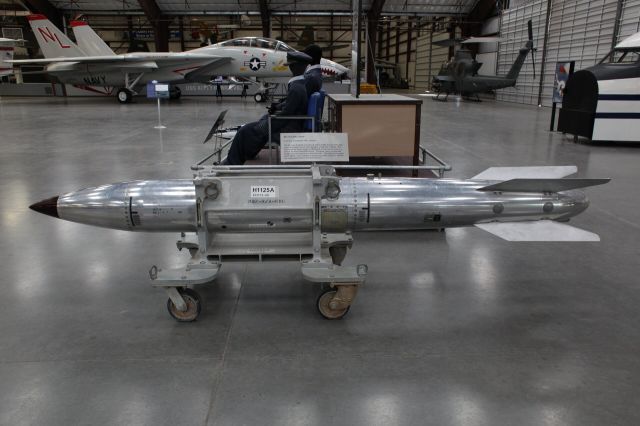
B61 Nuclear Bomb Image source: © Flickr / Kelly Michals
There are 12 modifications in total. Five (3rd, 4th, 7th, 11th and - more recently - 12th) are now in service, three have not reached mass production. The rest were eventually written off and disposed of. The exact number of B61s ready for combat use is unknown. Since 1968, more than three thousand products have been collected.
During the Cold War, they were considered an important means of fighting the USSR both on the battlefields in Europe and during strikes on strategic targets near the borders. The decisive role of these weapons was not assigned — and then, and now, the main argument of the nuclear deterrence forces of Russia and the United States are intercontinental ballistic missiles (ICBMs).
There are about 180 bombs in tactical variants in Europe — mainly the 11th modification, adopted in 1997. They are stored at American military facilities, in particular at Ramstein Air Base in Germany.
Under the wing of a fighter
The feature of the 12th modification of the B61 is the tail and navigation system. Ammunition can be dropped at a distance from the target, not above it.
The modernization program mainly provides for tuning of early versions. The Americans also expanded the combat capabilities of free-falling high-explosive bombs, making them manageable.
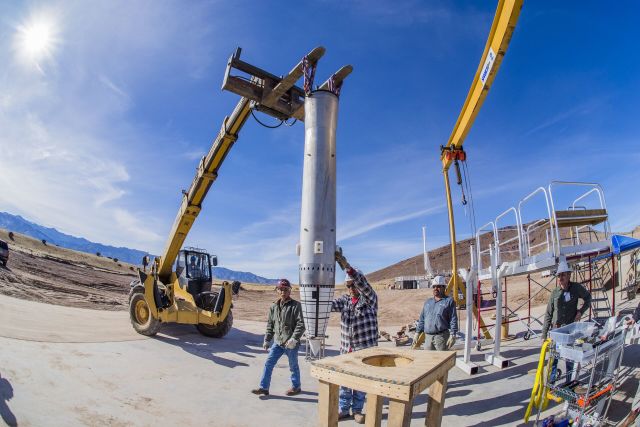
Test tests of the B61-12 bomb layout in New Mexico, USA Image source: © Flickr / Sandia Labs
The reinforced design of the B61-12 allows it to be carried on the external suspension of a supersonic aircraft. It is assumed that the latest F-35 and F-22 stealth fighters will be armed with such ammunition. However, the speed and low visibility of aircraft in this case will noticeably decrease.
Another option is on the tactical F—15, F-16 and PanaviaTornado, which belong to the previous generation.
The power of the B61-12 is about 50 kilotons (two or three "Hiroshima"), the circular probable deviation from the target does not exceed 30 meters. That is, it is possible to target fortified bunkers, control points, airfields. And not in a full-scale war between large states, but in a low-intensity conflict.
However, there are significant drawbacks. To get to the bombing area, the aircraft will most likely have to enter the enemy's air defense zone. No matter how far the 12th modification of the B61 is planned, its range is still inferior to anti-aircraft missiles. This means that the ammunition carrier risks being shot down.
